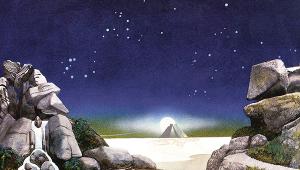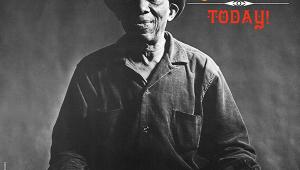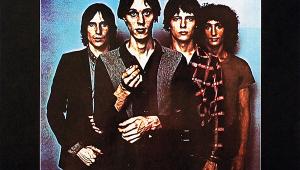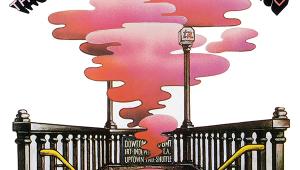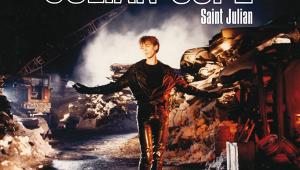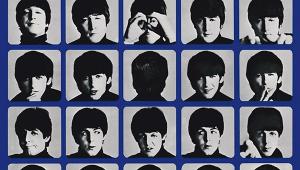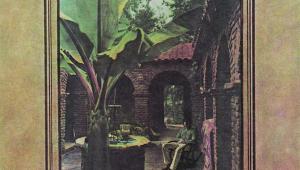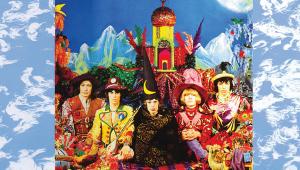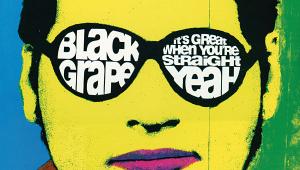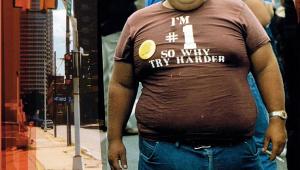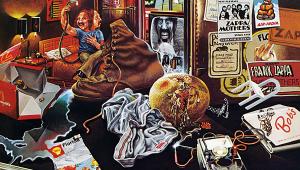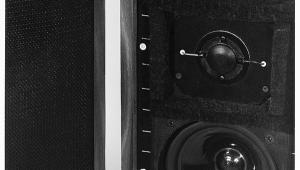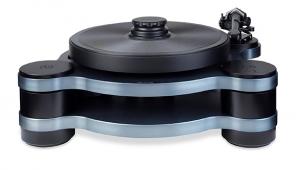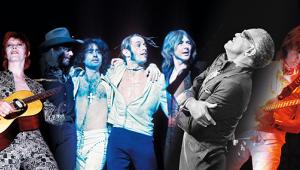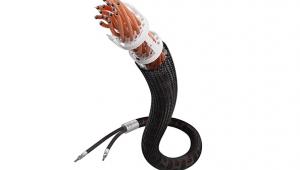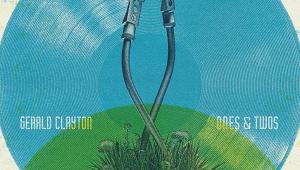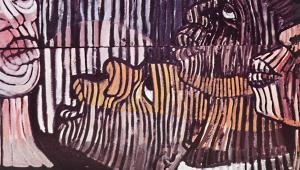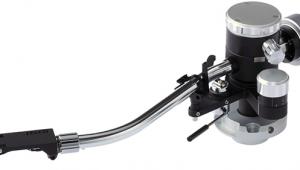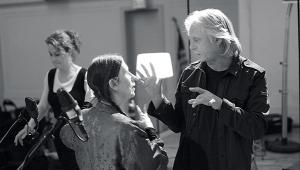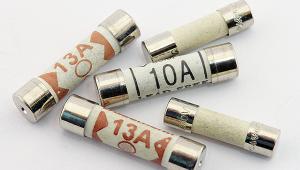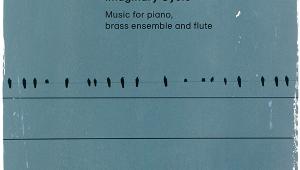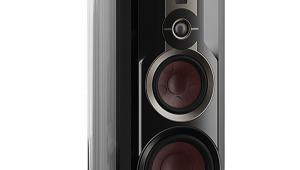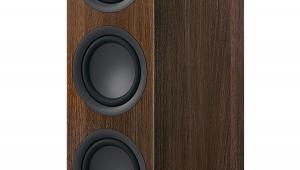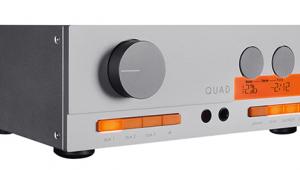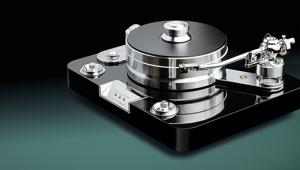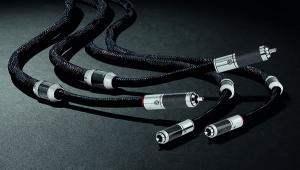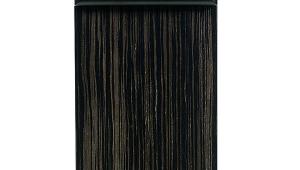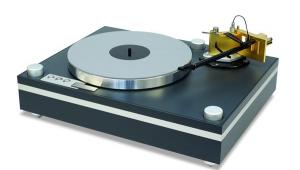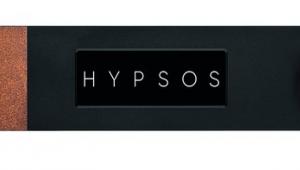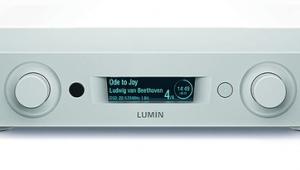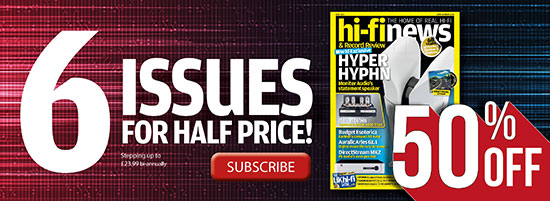John Cale: Fear
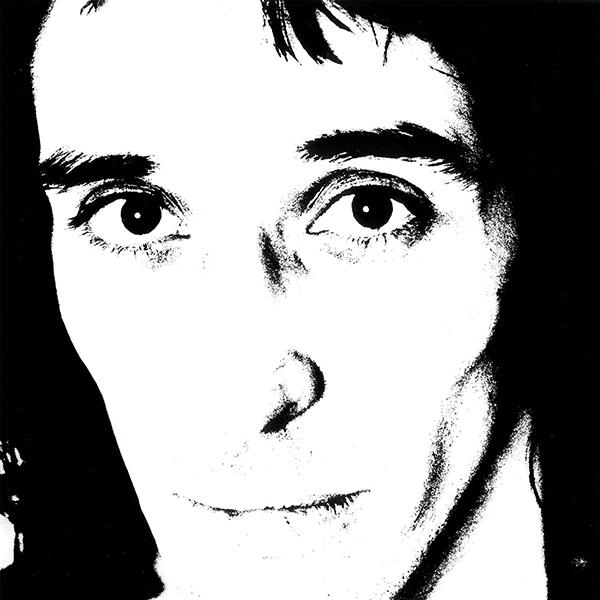
Pop quiz! Which artist musically links Happy Mondays, Nick Drake, Sham 69, The Stooges, Patti Smith, Brian Eno, Jonathan Richman, Nico and Squeeze? Answer: Lou Reed. Only joking! It’s his old Velvet Underground buddy John Cale, of course, otherwise why would we be mentioning it here?
Anyway, yeah, it’s Cale, who at one time or another has performed with, recorded with, or produced all of the artists in our illustrious opening list. But that’s Cale for you – he’s all over the place. So much so, actually, that it’s hard to get a handle on him. One moment he’s on stage with a meat cleaver hacking off the head of a chicken to freak out the vegetarians in his backing band (they quit), the next he’s making puppy dog eyes at some maiden like he’s Leonard Cohen’s long lost brother.
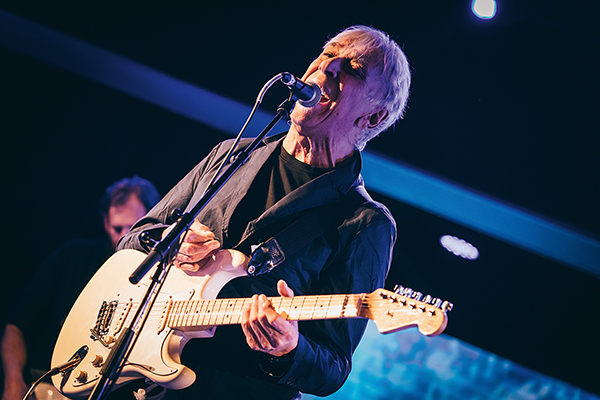
Above: John Cale at Rockaway Beach festival in 2020
What to make of all this? Is he one of those bods afflicted with multiple personalities or is he just toying with us, trying on mask after mask for his own amusement? The jury’s out on that conundrum, but one thing’s for sure – he’s exemplary at all of it and Fear is the album where all the John Cales came out to play together for the very first time.
Melting pot
Its antecedents put us off the scent somewhat. Once he’d been booted from The Velvet Underground after a power struggle with Lou Reed, his solo work had been mostly West Coast soft rockin’ (1970’s Vintage Violence), classically influenced and instrumental (1972’s The Academy In Peril), or of the singer-songwriter vibe (1973’s Paris 1919). So, when Fear was released in 1974 there’d been so much genre-hopping no-one knew quite what to expect. And what we got was... all of the above. Fear seemed the point where Cale made a kind of brazen, chameleon peace with his dilettantism and just got on with doing whatever the heck he fancied.
The crew that he assembled at Sound Techniques and Olympic Studios in West London was top-notch. Roxy Music’s Phil Manzanera played guitar, fellow Roxy Andy McKay contributed some saxophone, and Brian Eno, who was just about still in Roxy at the time, made his trademark weird noises on keyboards. Cale said later that, for some unfathomable reason, he was trying to make a Lou Reed album when he began working on Fear. Reed, of course, had also come to London and plugged himself into the glam rock movement by hooking up with David Bowie. Maybe that’s why Cale chose Roxy – his very own entry into glam. And, of course, it didn’t do any harm that they were label mates together on Island.
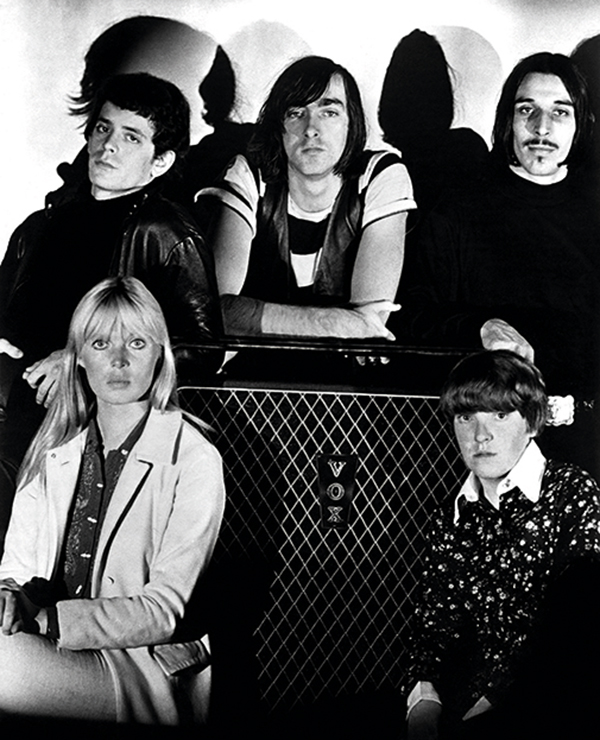
Above: Cale (top right) with The Velvet Underground and Nico
Say that again?
The album’s devil-may-care attitude is perfectly illustrated by ‘The Man Who Couldn’t Afford To Orgy’, wherein Cale, for some reason best known only to himself, decides to pronounce ‘orgy’ with a hard ‘G’ throughout. This, of course, should ruin the song or at least render it comedic but, thanks largely to Judy Nylon’s purring come-on of a vocal, instead it sounds more than a little mysterious.
Cale was and never has been much of a vocalist. Sometimes he sounds Welsh-American, sometimes American-Welsh, and his relationship with holding a tune has always been promiscuous. So, the almost-title track, ‘Fear Is A Man’s Best Friend’, for instance, has no problem at all with taking a barroom excursion from a relaxed croon to a hair-raising, ear-splitting holler, the listener’s natural reaction being ‘ouch!’. To be polite, it’s a bit like the Nick Cave/Johnny Cash school of wandering around a note to represent personality but more back-of-the-choir-stalls sonorous. You have to be a fan to appreciate it...
Spinning Plato
The other thing with Cale which is either intriguing or frustrating (or often both) is that it’s never really clear what he’s on about. To be generous, we could call him inscrutable. For instance, ‘Barracuda’ begins: ‘Dark woman in the water drowning/ Sinking in a funny way/ Black footing for a face exploding/ Mimicking our final days/ The ocean will have us all’. Later on in the song she’s burning in a cupboard and breathing like a panther. Not to mention the fact that the track is built on the clumsiest attempt at reggae imaginable. Your guess is as good as mine!
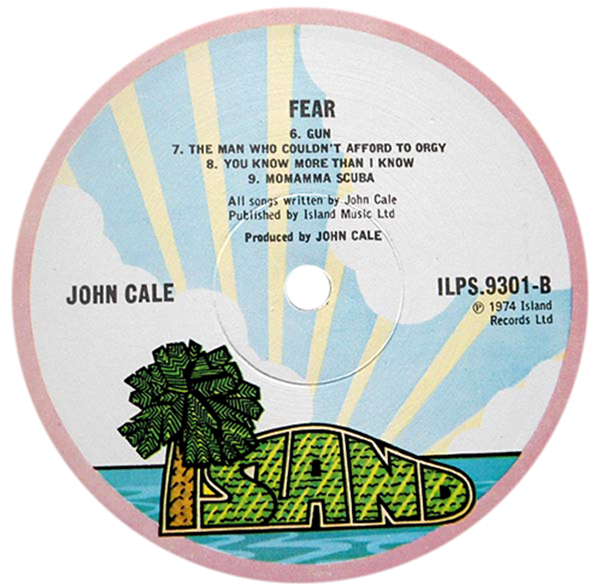
Above: Side 2 of the original Fear LP on Island Records
And why does Fear go on to include ‘Buffalo Ballet’, a meander into Gram Parsons territory, a tale of a sleepy cowboy town? Or ‘Ship Of Fools’, a sea shanty about a dry land trek through the Midwest, picking up Dracula in Memphis before moseying into Swansea. It may, of course, have been created in reference to Plato and be meant allegorically but, as I said, it’s by no means certain what its purpose is. Or, indeed, whether it actually has any.
The longest track is ‘Gun’ – just over eight minutes – and it’s like a rehearsal for Tom Waits, all hipster lingo and gangster fantasy. You could say the whole album, rather than a collection of songs, is a study of songs, the mechanics of how varying types work and what you can get away with within any given genre.
Fear keeps us at arm’s length and makes so sure to reveal nothing that one can only assume the cover art is some kind of in-joke. It’s a stark, unflattering, vaguely menacing black-and-white close-up photograph of Cale’s face as if to suggest a confessional. It says, ‘Yup, this is me’ – while the album does the opposite.
Cale force
Perhaps a more illuminating glimpse into Cale’s mindset at the time he was making Fear was that, on June 1, 1974, he performed as part of an alternative supergroup at the Rainbow Theatre in London alongside Nico, Eno and handsome ex-Soft Machine troubadour Kevin Ayers. The gig went ahead and produced an album despite the fact that Cale had discovered Ayers sleeping with his wife the night before – part the-show-must-go-on, part fuel for the fury.
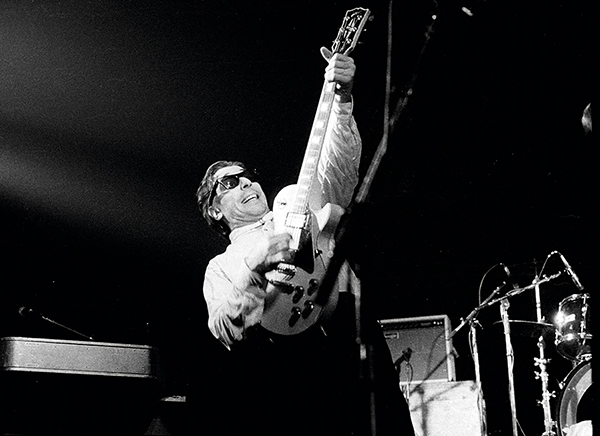
Above: Cale wielding his Gibson Les Paul on stage in Ghent, in February 1983
Anyway, after Fear, Cale’s career continued on its haphazard course, a decade of heavy drug abuse not helping the quality of his output to the point where one wonders, had he not been instrumental in forming The Velvet Underground, would anyone have given him the many opportunities he’s had over the ensuing years? He was awarded an OBE in 2010, presumably for staying alive through and despite it all. A national fissure. An elder statesman of the absurd.
Re-release Verdict
Recorded 50 years ago in London with Brian Eno and Phil Manzanera as executive producers, John Cale’s fourth solo album sounds fresh on this 180g black vinyl reissue through Proper Records/Universal Music [UMCLP079]. The release reprises Keith Morris’s monochrome cover photo, and the track listing, of the original Island Records UK LP [ILPS 9301], but doesn’t include the bonus track (‘Sylvia Said’) added to Fear for the same label’s 1996 The Island Years box set. HFN
